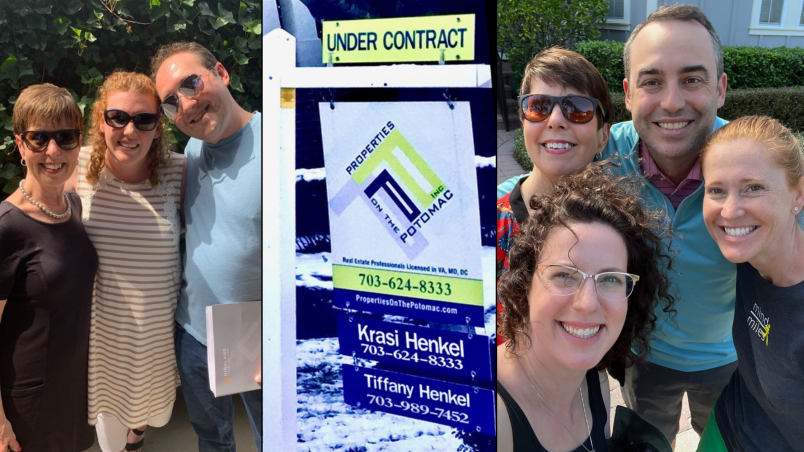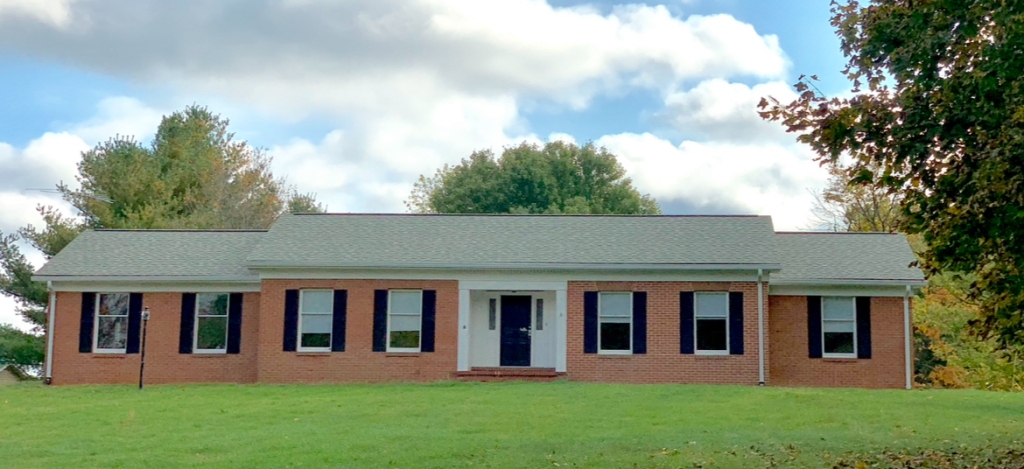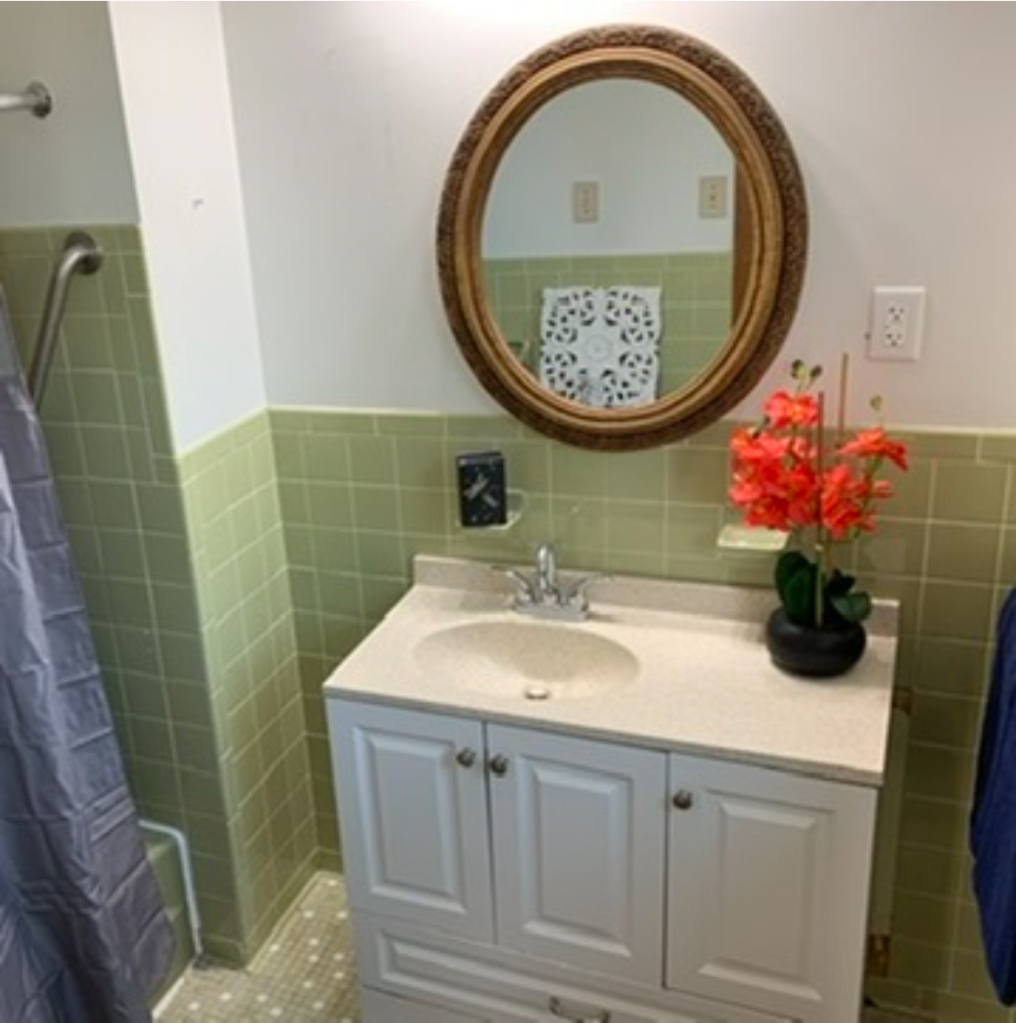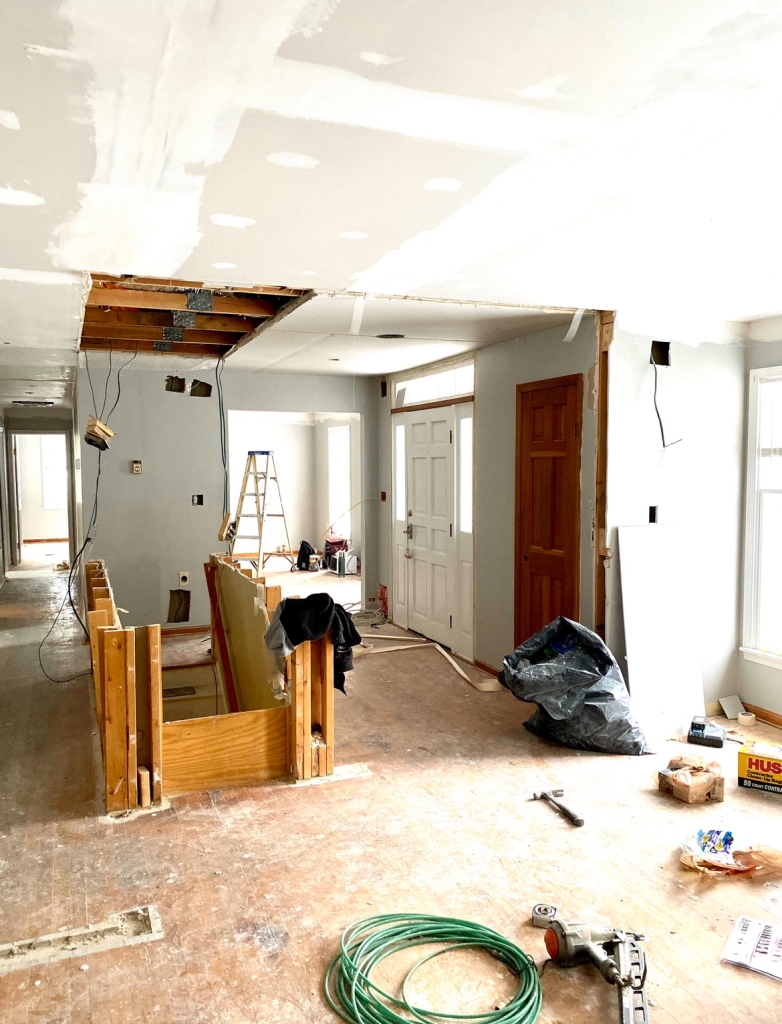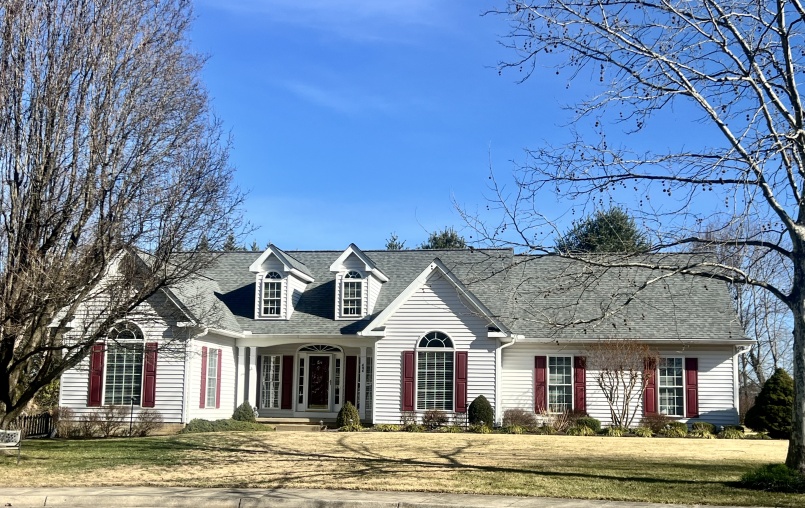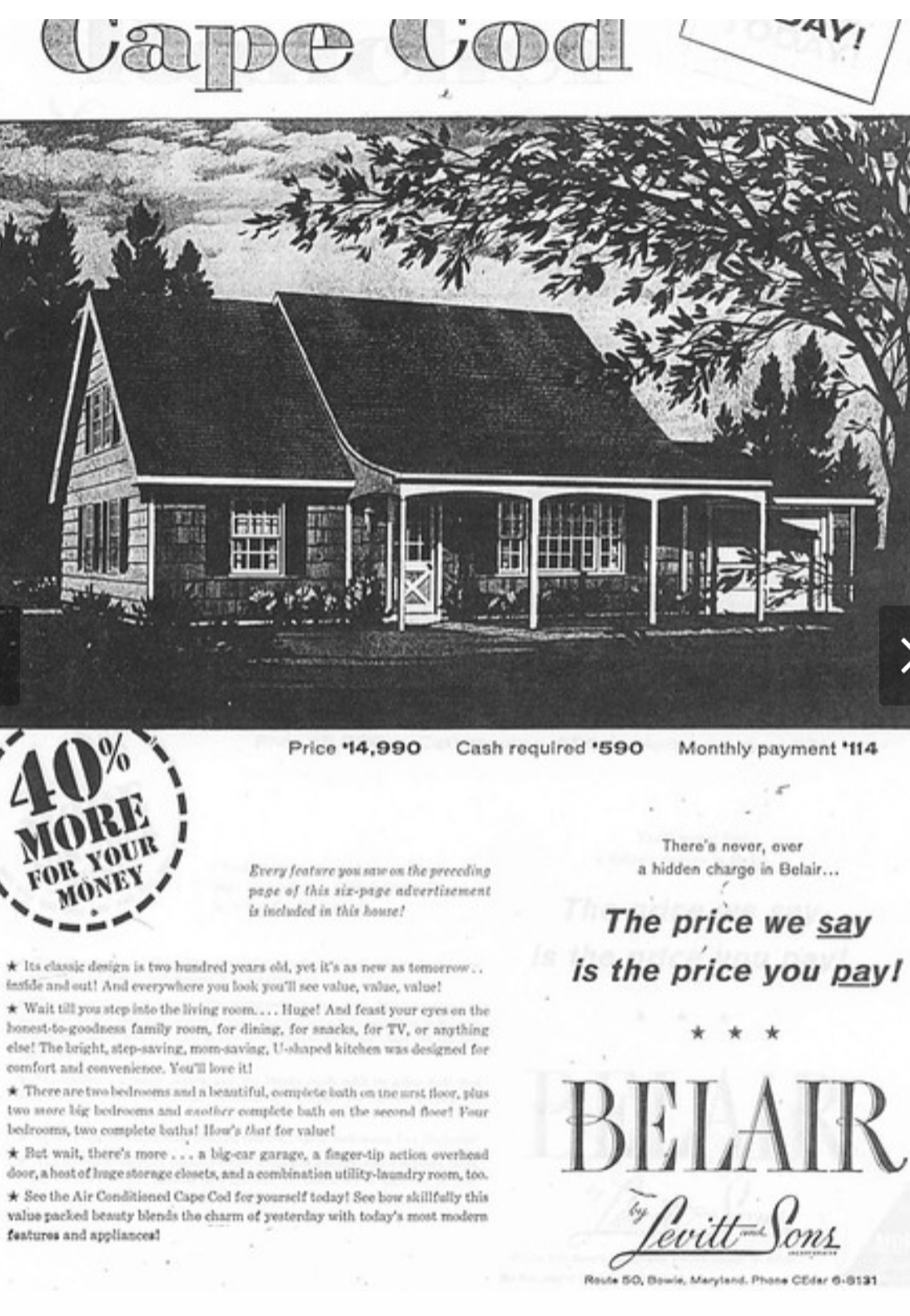When it comes to creating an outdoor living area, two popular options are decks and patios. Both offer unique advantages and can enhance the beauty and functionality of your home. However, understanding the differences between decks and patios is essential for making an informed decision. Let’s help you determine the perfect outdoor space for your home by comparing decks and patios, discussing their characteristics, benefits, and considerations.
1. Materials and Construction:
Decks are typically constructed using wood or composite materials, such as vinyl or PVC. They are elevated structures that can be attached to the house or built as freestanding units. Patios, on the other hand, are typically made of concrete, brick, pavers, or stone. They are ground-level structures that can be installed directly on the ground or built onto a base. The choice of materials will depend on your aesthetic preferences, budget, and desired level of maintenance.
2. Cost and Installation:
When it comes to cost, decks tend to be more expensive than patios. The materials used for decks, especially hardwood or composite decking, can be pricier. Additionally, the need for structural support, like footings and beams, can add to the overall cost. Patios, on the other hand, are generally more affordable since they involve less complex construction and materials. However, costs can vary depending on the type of material chosen for the patio surface.
3. Design and Aesthetics:
Decks offer a versatile design range and can be customized to fit your specific preferences. They can be built at various heights, allowing for multi-level designs, and can incorporate features like built-in seating, railings, and stairs. Decks also provide an elevated view, making them ideal for homes with scenic surroundings. Patios, on the other hand, offer a wide array of design options using different materials, patterns, and layouts. They can be seamlessly integrated into the ground and can accommodate various shapes and sizes, making them adaptable to different landscape styles. If privacy is what you seek, a patio behind a privacy fence or hedge might be the right call for you.
4. Durability and Maintenance:
Decks require regular maintenance to ensure their longevity. Wood decks need periodic sealing or staining to protect them from weathering and insect damage. Composite decks are generally more durable and require less maintenance but may still need occasional cleaning. Patios, on the other hand, are known for their durability and require minimal upkeep. Regular cleaning and sealing of the patio surface may be necessary, depending on the material used, but overall, patios tend to be more resistant to wear and tear.
5. Local Regulations and Restrictions:
Before deciding between a deck and a patio, it’s important to check local regulations and restrictions. Some neighborhoods or homeowner associations may have specific guidelines on the construction and appearance of outdoor structures. Obtain any necessary permits and ensure compliance with building codes before proceeding with your project.
Choosing between a deck and a patio depends on your personal preferences, budget, maintenance capabilities, and the specific characteristics of your home and location. Decks offer versatility and elevated views, while patios provide durability and privacy. Both offer a range of design options. Consider the amount of maintenance you’re willing to undertake and any local regulations to make an informed decision. Whether you opt for a deck or a patio, both can create an inviting outdoor space that allows you to relax, entertain, and enjoy the beauty of nature right at your doorstep.
But before you take on any expensive project, make sure it is worth the investment. Give Properties on the Potomac a call at 703-624-8333 to discuss your options.
